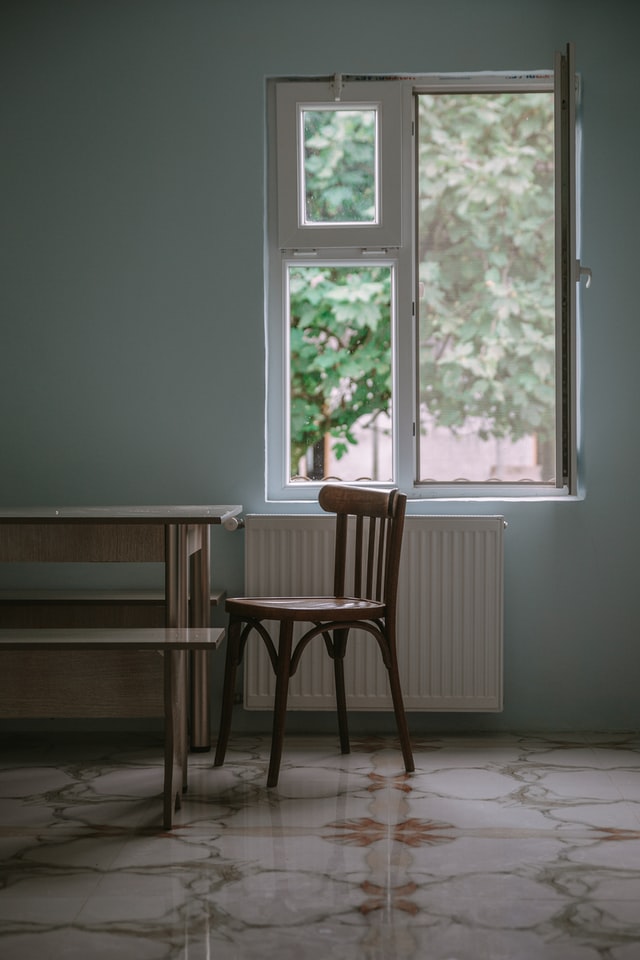Soundproofing windows can be made of several different types of materials. This article covers Laminated glass, Bonded glass, Stronger glass, and Acoustic double glazing and interlayers. It also addresses the benefits of each type of glass. Noise reduction glazing is also available for commercial applications. In addition, it is possible to use insulated glass that has unequal pane thickness. In this way, the soundwave travels through the window in a less distorted state.

Laminated glass
The sound-absorbing properties of glass vary depending on the wavelength of sound that it contains. Monolithic glass has a lower sound-absorbing capacity than laminated glass, but laminated glass is still an effective choice for increasing thickness levels. Increasing the thickness of glass on a single lite or both of them is a good way to reduce noise. However, increasing the thickness of both glass lites is even better.
Bonded glass
Sound-dampening glass is an excellent choice for homes and businesses in areas near busy roads. This type of window is made of two sheets of glass that are bonded together with an interlayer. This interlayer absorbs sound and reduces its transmission through the glass. A high-quality noise-dampening window can cut the amount of noise transmitted into the room to virtually inaudible levels.
Stronger glass
Acoustic windows can be an excellent way to reduce noise, especially for rooms that have high noise levels. You can reduce noise by installing windows with thicker glass or acoustic glazing. Ultra-powerful acoustic glass can be installed in areas near railway tracks or railroads. Also, you can use acoustic laminated glass, which has a specially-formulated interlayer to minimize noise.
Acoustic interlayers
The use of acoustic interlayers in noise reducing glazing improves sound transmission loss (STL) at beneficial frequencies. The coincidence effect in window panels is governed by the dispersive nature of the flexural wave. This effect is observed in the STL spectra of most glazing constructions, including window panels. The use of acoustic PVB and other acoustic materials can increase the sound transmission class rating of a building by up to six units.
Secondary glazing
The installation of secondary noise reducing glazing can make a world of difference. The different noise sources require different types of secondary glazing. The installation of these window units should be done carefully, taking into account both aesthetics and thermal insulation. As more people are focusing on energy efficiency and reducing their carbon footprint, noise pollution has become a top concern for developers. Secondary noise reducing glazing can help you achieve your goals of energy efficiency, comfort, and security without sacrificing aesthetics.

